Archive
CHILL-PRO® DECEMBER 2023 NEWSLETTER

AUTUMN 2023 CLAIMS
Chill-Pro® reimburses HVAC service contractors every day for their repair costs associated with unexpected breakdowns. Here’s a sample of some claims that we’ve paid contractors so far this year.INSIDER TIPS
These oversights can be costly to your business: 8 Costly Maintenance Agreement Estimating Mistakes (and how Chill-Pro® can fix them!)2023 CHILL-PRO® CONFERENCE PICS
We had a great time attending a handful of industry conferences in 2023. (Be sure to check out our upcoming conference schedule below!)
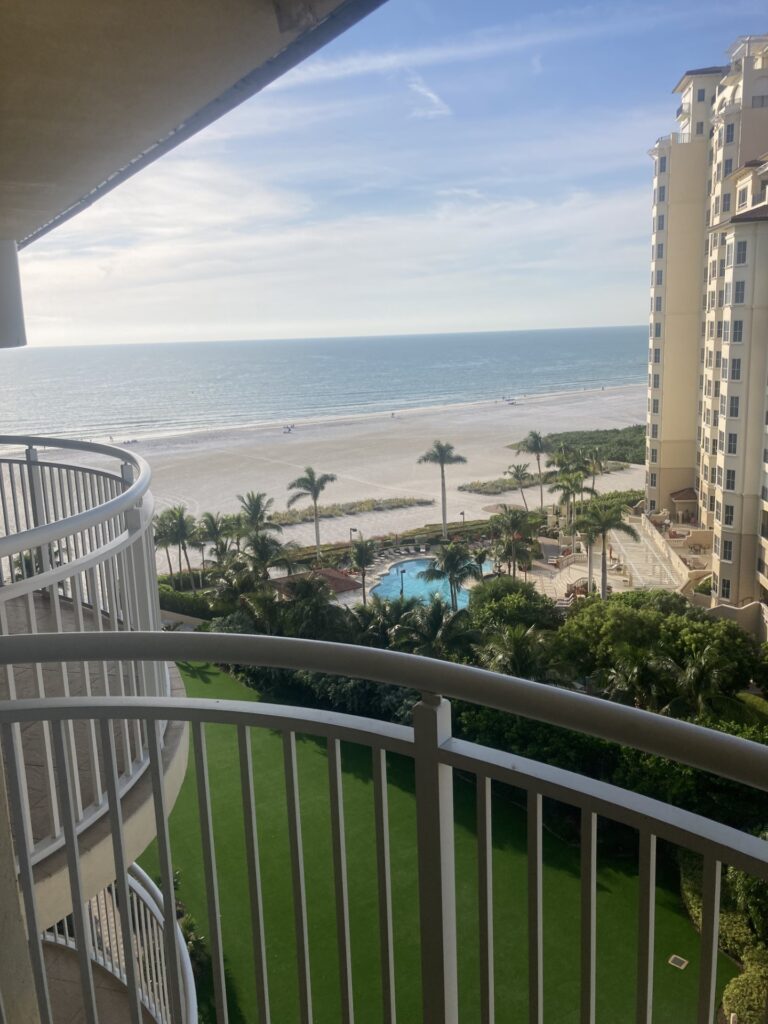
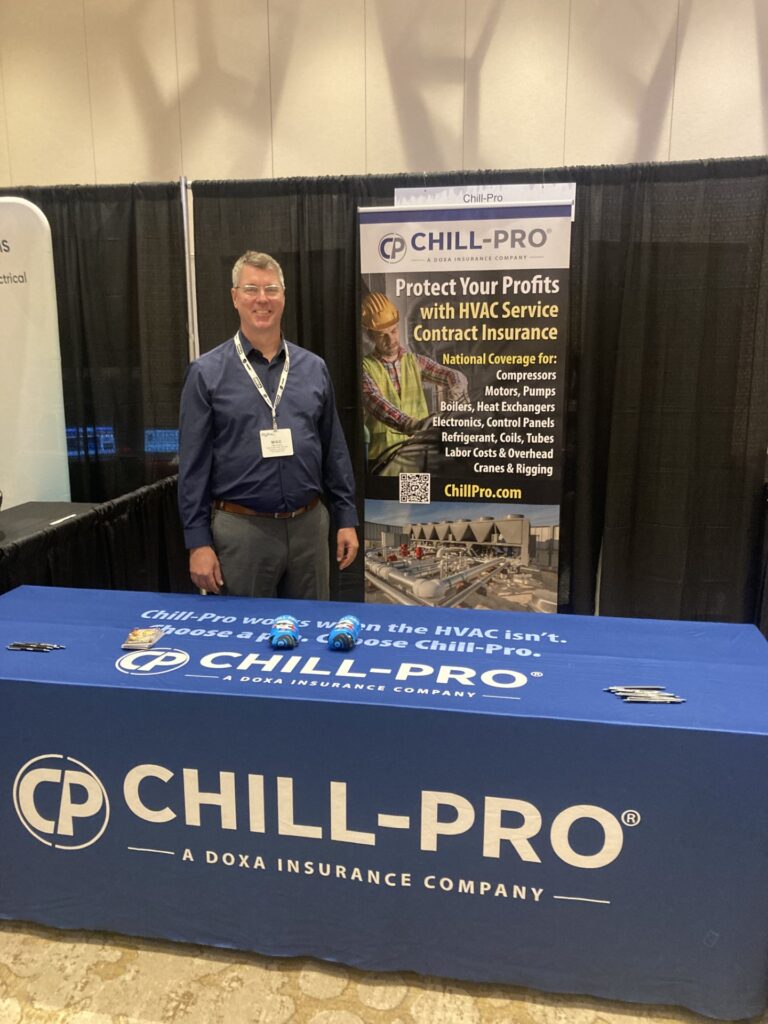
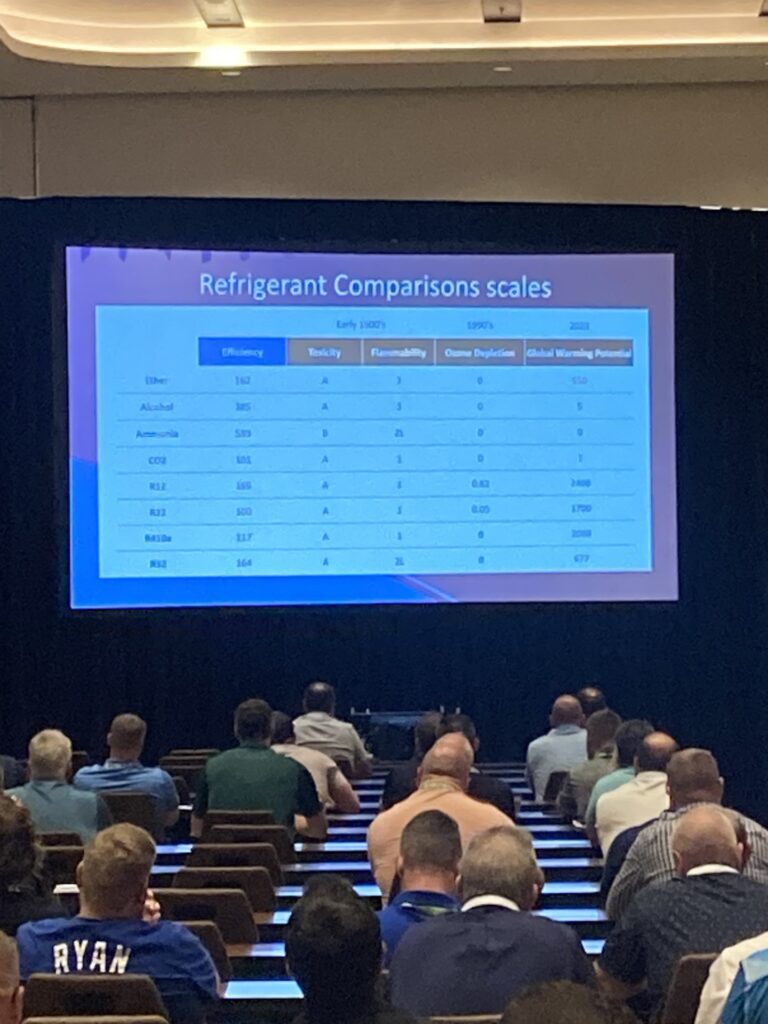
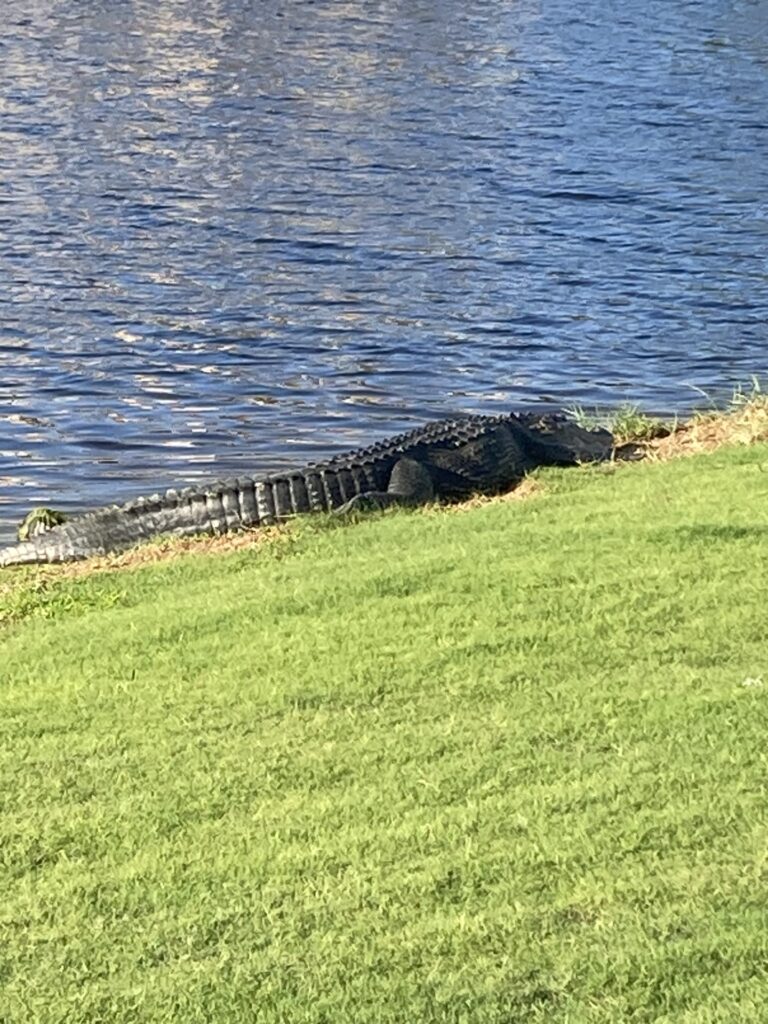
UPCOMING 2024 HVAC CONFERENCES
Chill-Pro® has proudly supported commercial HVAC service organizations and their member companies for more than 25 years!- Synergy Service Operations Forum, January 14-17, New Orleans LA
- ASHRAE Conference, January 20-24, Chicago IL
- ABM Conference, January 25-26, Atlanta GA
Chill-Pro Overview
4 Tips for Negotiating Maintenance Agreements
Maintenance costs can make up a significant portion of a manufacturer’s revenue, ranging from 15% to 70%, as per the US Department of Commerce. Negotiations for maintenance contracts primarily revolve around cost reduction, leading to an adversarial dynamic where both parties aim to protect their profits, often resulting in contractors operating with minimal margins and hindering efficient maintenance, which in turn affects operations negatively.
Here are 4 Tips for negotiating more profitable, long-term maintenance contracts with your customers:
- Mutually establish service level expectations
Clients often demand service level agreements which are onerous to the contractor while giving themselves all care, but no responsibility. Facilitate a reciprocal assistance dynamic between the client and the contractor. Clearly identify the responsibilities of both parties that support both parties’ success.
- Set the anticipation for ongoing enhancement!
Understand and embrace your client’s aspirational business goals. Develop KPIs in partnership with your client and focus on results that drive tangible business benefits for your client. KPIs should be achievable and flexible: once the KPI goal is achieved, new KPI metrics should be developed.
- Explicitly define areas of accountability
Most friction and failures in business occur at interfaces or boundaries. A Division of Responsibilities is an operational and tactical document designed to ensure the success of internal processes and procedures. When creating a Division of Responsibilities, emergency and contingency procedures should be considered.
- Direct attention towards shared advantages and collaboration
The owner bears financial responsibility for equipment-related risks. Proactive maintenance can reduce some of these risks but doesn’t eliminate them completely. It’s crucial to view maintenance discussions as a collaborative partnership, with both parties sharing in the potential for success or challenges. An effective method to ease the owner’s financial burden is by including Chill-Pro® service contract insurance, which expands agreement coverage to unforeseen breakdown expenses and contributes to spreading the financial risk to both parties.
When approaching negotiations for a maintenance service contract, the choice lies between a harmful decline or a collaborative rise. Focusing solely on cost in these discussions will undoubtedly erode organizational value for both your customer and your service organization.
By comprehending each party’s vision of success, you can shape an agreement that highlights mutual gains, fostering a partnership where joint success revolves around quantifiable business benefits from maintenance outcomes.
2023 Chill-Pro Late Summer Claims Highlights
21-year-old water cooled Screw chiller. Cause of Loss: Compressor failure.
DESCRIPTION: Checked chiller, found restricted expansion valves causing elevated condensing temperature, was running zero degrees of superheat, and was running liquid through the compressor and flooding the compressors. Once the oil became acidic, it deteriorated the insulation on the wiring and caused it to ground. The compressor was replaced, and the system returned to service.
16-year-old 500 Ton Centrifugal chiller. Cause of Loss: O-Ring rupture and failure
DESCRIPTION: A 500 Ton Centrifugal Chiller had major leaks. Loss reported as major leak on chiller. Further communication revealed that an O-Ring blew out releasing an excessive amount of freon from the system. Contractor confirmed the damage to O-Ring. It appears that O-Ring was damaged and could not hold Freon in the system. The O-Ring was replaced, and Freon added to the system. The bulk of the claim cost was refrigerant recovery by refrigerant recovery contractor.
11-year-old 20 HP Pump. Cause of Loss: Bearing failure
DESCRIPTION: Bearing seized on pump shaft causing high amp draw in chill water pump motor. The pump was taken to a repair shop for replacement of the bearing and repair of the shaft that suffered damage due to bearing failure. The pump was repaired and placed back into service.
6-year-old Magnetic Bearing chiller. Cause of Loss: Demagnetization
DESCRIPTION: Magnetic bearing compressor failure. Magnetic bearings for the compressor would not levitate. The compressor was not field repairable. The compressor was replaced with a remanufactured compressor from the vendor. No core charge for the damaged compressor. No overtime cost associated with the compressor replacement.
9-year-old water cooled Screw chiller. Cause of Loss: Control board failure
DESCRIPTION: Chiller display was inoperable, and unit would not start. Further investigation revealed the failure of the chiller control board. The control board was replaced, and the chiller returned to service.
21-year-old water cooled Centrifugal chiller. Cause of Loss: Shaft seal rupture
DESCRIPTION: Shaft seal ruptured causing non condensable to be pulled into machine contaminating the refrigerant and loss of oil. The shaft seal was replaced, and the unit returned to service. Insured verified that no damage occurred to the shaft.
2023 Chill-Pro® Winter Claims Highlights
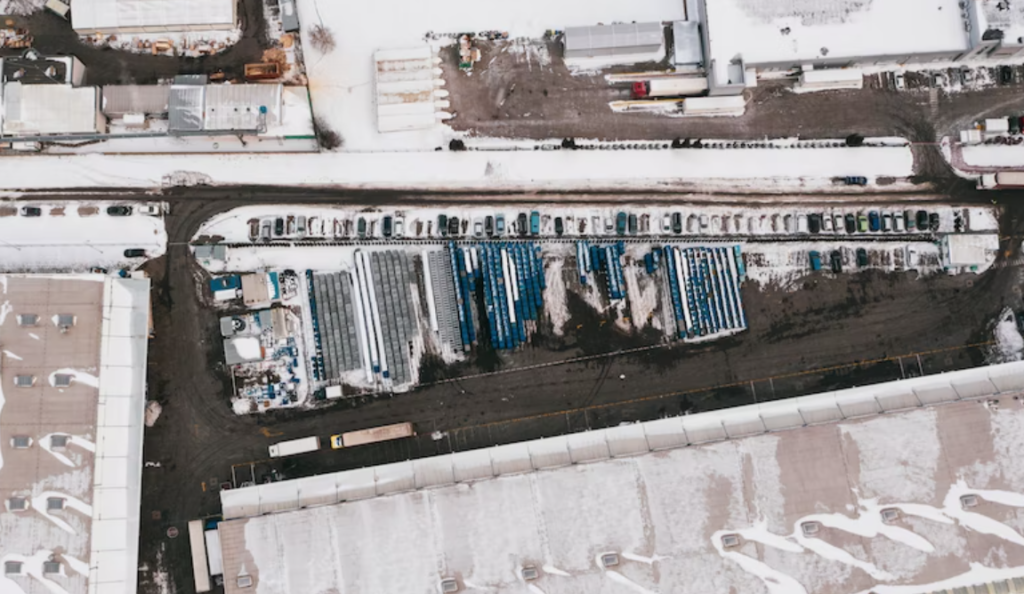
6-year-old Magnetic Bearing Chiller. Cause of Loss: Bearing failure
DESCRIPTION: Magnetic bearings for the compressor would not levitate. The compressor was not field
repairable. Compressor was replaced with remanufactured one from the vendor. It appears that cost for
new Mag Bearing compressor of same size cost as much as a new one. No overtime cost associated with
compressor repair.
10-year-old Centrifugal Chiller. Cause of Loss: Circuit Board failure
DESCRIPTION: During service call chiller was found to be inoperable. Troubleshooting procedure revealed
failure of 4 printed circuit boards. Cause of failure unknown. Replaced circuit boards and restarted 450-
ton X Centrifugal Chiller. No further maintenance performed.
18-year-old Screw Chiller. Cause of Loss: Compressor shorted, contacts welded
DESCRIPTION: Our investigation found that on the date of loss, X technicians were called out to
troubleshoot the 215-Ton X Screw Chiller. Initial inspection found the chiller offline on a high amp alarm.
Technicians found that the new compressor that was installed earlier in the year had shorted to ground
and the contacts had welded together. This compressor was still under warranty from the manufacturer.
Technicians removed the refrigerant charge from the compressor. During this process, they tested the
refrigerant to make sure they could reuse in the new compressor. Testing of the refrigerant found a
significantly high acid content. The contamination happened when the compressor shorted, which made
the refrigerant unusable. 240 lbs. of R-22 refrigerant was purchased for the replacement compressor.
Once the new compressor was received, technicians reinstalled and tested operation. After a successful
re-start and verification of proper operation, the chiller was returned to service.
1 Year old Centrifugal Chiller. Cause of Loss: Water Pump failure
DESCRIPTION: Loss submitted Chiller water pump found leaking. Further investigation revealed that
pump had cracked seal and damage to the pump shaft. The shaft was resurfaced, seal replaced, and
pump returned to service.
7-year-old Centrifugal Chiller. Cause of Loss: VFD failure
DESCRIPTION: Our investigation discovered that on the date of loss, technicians were called out to
diagnose the 700-Ton X Centrifugal Chiller that had stopped working on an Over-current Alarm. Initial
inspection found that the compressor motor on the chiller would not start back up after a restart
attempt. A more thorough inspection, which tested the compressor motor and all components
connected to it, found that the Variable Frequency Drive (VFD) that helps control the chiller motor was
not operating properly. Testing of the VFD found that one phase had shorted to ground and the second
phase would not modulate the correct voltage. Technicians replaced and reprogrammed the VFD on the
compressor motor, then re-started the chiller. After monitoring operations, technicians returned the
chiller to service.8 Costly Estimating Mistakes (and how CHILL-PRO® fixes them!)

- Not conducting a site visit
- Unknown site conditions can cause unexpected, and expensive issues
- Equipment access and specialty lift requirements should be noted
2. Inaccurate Takeoffs
- If you miss items during takeoff estimating or do not get accurate equipment data, you’ll
either overestimate the project and not win the bid or you’ll underestimate and risk profits.
*CHILL-PRO® has over 30 years of equipment actuarial data and provides accurate, and affordable
rates for all types of commercial HVAC equipment!
3. Not Reviewing Your Work
4. Not Reviewing Subcontractor Estimates
5. Inaccurate Labor Costs
- Focus on determining how many labor hours it takes to perform a task to use as a guide
when estimating labor costs - Don’t forget prevailing wages, overtime labor, or specialty outsourced labor costs
*CHILL-PRO® reimburses your repair labor costs, with options to include overtime labor and
outsourced labor costs!
6. Material and Supply Costs
- Material prices can fluctuate dramatically from the estimate to service commencement.
- Costly delays caused by techs not having the materials they need will hurt your bottom line
*CHILL-PRO® reimburses your replacement parts costs including freight, shipping, and overhead!
7. Failing to Assess Risks & Creating Contingencies
- The bigger the risk, the more time you should spend on determining ways to mitigate them
and how that could impact your costs - You won’t be able to recoup the losses that occur should an unforeseen issue/ breakdown
occur
*CHILL-PRO® covers your biggest breakdown risks and recoups your repair costs. We turn around
quotes in less than 24 hours!
8. Making Uneducated Guesses
*CHILL-PRO® takes the guesswork out of selling profitable comprehensive HVAC service agreements!Common Guidelines For Optimum Chiller Performance
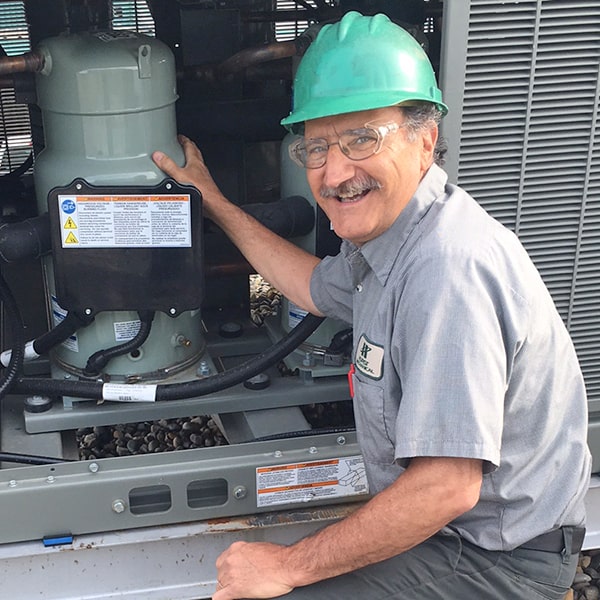
- Maintain Equipment operating logs
- Logs should be filled out twice during each 8-hour shift
- Record pressures, temperatures, and other pertinent information to recognize performance
deviations
2. Follow proper compressor shutdown and startup routines.
- Follow manufacturer recommended shutdown procedures
- Components that may need attention are the compressor, compressor motor, control center, purge
unit, oil return system, cooler, condenser, starter, and water pumps - Follow OSHA lockout/ tagout regulations
3. Check chiller control center and starter for proper operation
- Proper electrical overload settings
- Chiller shuts off promptly due to excessive amperage
- Check all starter wire connections for loose contacts, obstructions, or pitting
- Electronic controls for motor current limit, overload, power fault interruption, and pre-rotation vane
control (centrifugal chillers) should be tested
4. Perform oil sampling and analysis
- Oil analysis provides unambiguous evidence of chiller condition
- High copper levels indicate tubing corrosion, or oil pump bearing wear
- HVAC manufacturers recommend annual oil sampling and filter inspection
5. Keep Refrigerant clean and charged
- Condenser and evaporator shells become subject to corrosion
- Rust can settle in condenser shell, mix with oil, and become sludge
- Sludge-covered tubes reduce heat-transfer efficiency, raising energy consumption
6. Eliminate Condenser tube scale
- Excess head pressure caused by scale makes the compressor work harder
- Mechanical brush cleaning of tubes is recommended if scale buildup is a problem
7. Maintain Condenser water flow rate
- Eliminate scale buildup in the condenser tubes
- Check valves for proper functioning
- Check for clogged nozzles in the cooling tower, dirty water strainers, air in the water piping
8. Eliminate excess air
- Review operating logs to determine refrigerant pressure
- Air must be purged because it increases head, forcing the compressor to work harder
- Check automatic purge unit for proper operation
9. Maintain Motor efficiency
- Motor must be kept clean and cool
- Motor improperly cooled if logs show increase in current draw without voltage increase
- Megohmmeter all leads, terminal lugs, and wire connections
- Bolts holding the motor in place should be tight
- Lubricate bearings
10. Test Heat-Exchanger tubes
- Outsource Eddy current testing and analysis
2022 Chill-Pro® Spring Claims Highlights
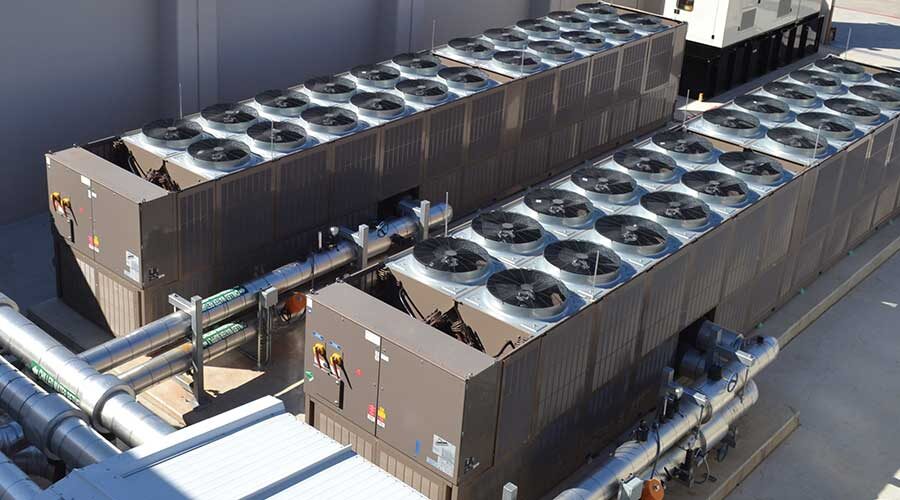
- 9-year-old Air cooled Screw chiller. Cause of Loss: Circuit board arcing on mag bear compressor.
DESCRIPTION: Failure 250V DC power control voltage. Inverter A/C D/C converter for the low voltage controls shorted from power problems in the local area. This problem could have been associated with identical issues with chiller #2. Insured contact stated that power surge in the local area may have caused loss of control voltage for Chillers Number 1 and 2. No other damage noted to components other than chiller control voltage. The converter was replaced, and chiller unit returned to service.
- 17-year-old screw chiller. Cause of Loss: Compressor seized, locked rotor.
DESCRIPTION: Chiller had a mechanical failure. The compressor was locking up and over amping chiller unit. The chiller compressor required replacement.- 9-year-old air cooled scroll chiller. Cause of Loss: Blower motor broken, bearing failure.
DESCRIPTION: 30 HP blower Motor was vibrating and over amping due to bearing failure. Bearing failure in the motor caused vibration that caused a failure in the mounting brackets and stress fractured a distribution tube in the refrigeration circuit.
- 6-year-old air cooled scroll chiller. Cause of Loss: Broke hydronic coils due to vibration.
DESCRIPTION: Technicians found the condenser coil on the chiller unit leaking. Upon inspection of the condenser coil, they found that there were catastrophic ruptures in both the upper and lower coils. Technicians discovered that severe vibrations caused by the failing cooling fans (replaced during separate unclaimed repair), as well as high temperatures lead to the condenser coils rupturing. The condenser coils were replaced, and the unit has been returned to service.
- 13-year-old centrifugal chiller. Cause of Loss: Cracked compressor check valve.
DESCRIPTION: Contractor stated that a check valve failed on Chiller #1. We confirmed through conversations with contractor that both valves on the chiller were damaged. The cause of loss was cracked plungers and displaced springs. The plunger and springs would no longer seat and hold pressure due to damaged valves. The check valves were replaced, and the chiller returned to service.
Refrigerant Retrofit Suggestions Presented by Opteon
As the EPA ramps up its HFC refrigerant phase out, commercial HVAC service contractors have been tasked with finding economical solutions for their customers’ aging equipment. HVAC service contractors need to measure a number of factors when prescribing a new refrigerant solution including EPA compliance by state, additional safety requirements, equipment retrofit efficiencies, customer budget, and much more.
During Chill-Pro®’s visit to the AHR convention this past January, we met the folks at Opteon Refrigerants who shared with us their Refrigerant Replacement guide and their recommendations for various refrigerant retrofit applications. Feel free to download and share the guide and contact Opteon directly for more information.

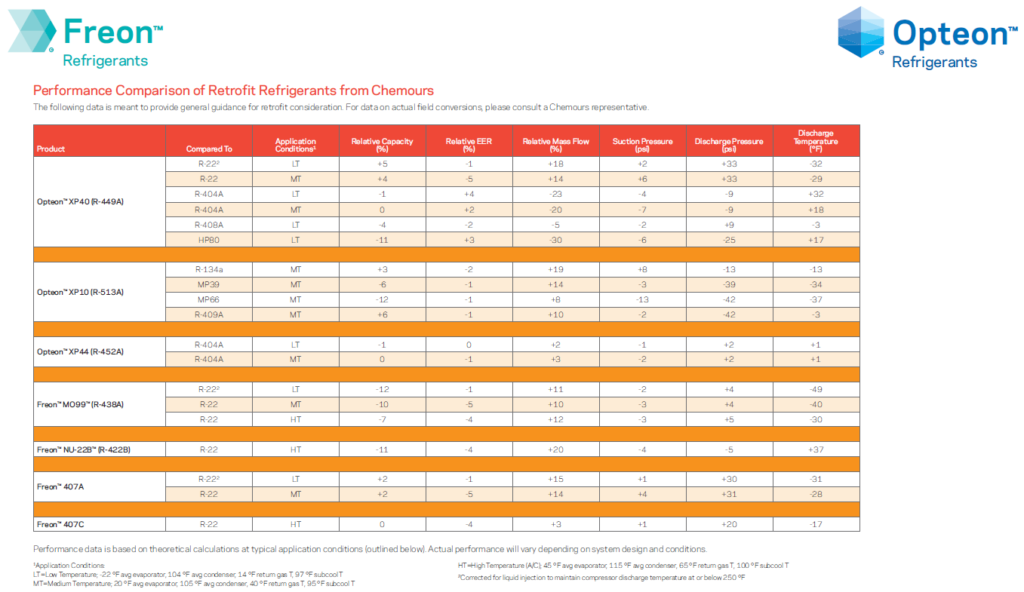
Top 8 Maintenance Tips for Absorption Chillers
Chill-Pro® supports a comprehensive approach to predictive maintenance that protects the building
owner’s investment in cooling equipment and keeps it operating reliably and efficiently.Here are 8 Tips for maintaining Absorption Chillers…
- Maintain the Purge unit
Perhaps the most critical part of the system’s operation is the purge unit, which maintains the
vacuum within the chiller shell by expelling air that leaks in. The pump should be operated at
least once a week, even when the system is not in use. - Leak-Test the unit regularly
Because an absorption chiller system requires vacuum conditions to generate cooling, air leaks
sharply reduce system performance and reliability. If the system requires frequent purging, it
should be pressure-tested as soon as possible to check for air leaks. Leaks should be repaired
promptly. - Test for tube leaks
If leaks are detected at the head of the generator, evaporator, condenser, or absorber, there
may be a leak in one of the tubes. Pressure tube testing or eddy current testing can be used.
Replace faulty tubes as necessary. - Check for tube fouling and scaling
A drop in capacity may indicate that the tubes need to be cleaned. Cleaning frequency is
influenced by local water characteristics, atmospheric contamination, operating conditions, and
other local conditions. Two types of deposits can cause fouling: Dirt/rust/ sludge, and scale.
Condenser tubes should be cleaned annually, at a minimum. - Maintain the pumps
Seals on both solution and refrigerant pumps should be replaced when a leak is evident. The
motor coolant system strainer should be cleaned while other maintenance functions are being
performed. - Make sure the lithium bromide is properly conditioned
For maximum protection, the system must have the proper lithium bromide salt concentration
and inhibitor to prevent the salt solution from causing internal corrosion on the shell and tubes.
Withdraw and test a sample of the salt solution and consult the manufacturer if alkalinity is too
high. - Inspect and verify the calibration of controls
Check all operating and safety controls, checking lights and gauges for accuracy. Inspect steam
valve and make sure it is closing properly. Check power supply and unit fuses. Review the
temperature readings on the cooling tower water. Check the settings of tower fans. - Maintain a Data log
A good log may help an operator recognize early symptoms that could result in poor
performance or damage to the unit.
- Maintain the Purge unit
2021 Chill-Pro® Winter Claims Highlights

Check out the list of some of our claims highlights from the past few months, closing out our year in 2021.
- 5-year-old Water cooled Centrifugal chiller. Cause of Loss: Compressor Arcing.
DESCRIPTION: The stator for magnetic bearing compressor failed in the windings. Please note that
the compressor was not field repairable and required entire compressor to be replaced. The
compressor is traded for core and rebuilt magnetic bearing compressor installed. No other
damage noted to other components associated with compressor failure.
- 6-year-old Air cooled Screw chiller. Cause of Loss: Locked Rotor.
DESCRIPTION: The motor that shorted to ground is related to compressor #2. Through
conversations with insured, contact found metal shavings inside the compressor so we are
suspecting a possible lubrication issue which may have been oil pump failure. After the new
compressor was started, tech made a couple of return trips to check the oil. Minimum oil height
in the oil separator is 7 inches. He measured 8 inches which means lubrication is running normal.
The compressor was replaced, and unit returned to service.
- 31-year-old Water cooled Centrifugal chiller. Cause of Loss: Compressor arcing.
DESCRIPTION: Received an emergency service call around 5am this morning stating the chiller is
tripping the main breaker. Upon arrival, technician found that the motor had shorted and seized.
This chiller is critical to the operation of a 10-story office building. It was quicker to replace motor
than attempt repair. It appears that drive line seizure may have caused damage to the motor.
The motor operates 450 Tr centrifugal compressor. The labor cost to remove and reinstall motor
from the roof of the building was extensive. A crane was used to remove and reinstall the motor.
Refrigerant recovery service was utilized during the repair process as well. The drive was rebuilt,
and new motor installed.
- 9-year-old Air cooled Scroll chiller. Cause of Loss: Relays arcing.
DESCRIPTION: LP & HP Transducer and sensor shorted out and required replacement.
- 2-year-old Reciprocating chiller. Cause of Loss: Compressor arcing, grounded.
DESCRIPTION: Technicians were called out when the compressor on chiller unit stopped
functioning. Inspection of the chiller unit found that compressor Ohm tested too high. The
technicians determined the compressor motor windings were open and the unit shorted to ground.
The compressor has been replaced and the unit has been returned to service.
- 5-year-old Water cooled Centrifugal chiller. Cause of Loss: Compressor Arcing.

